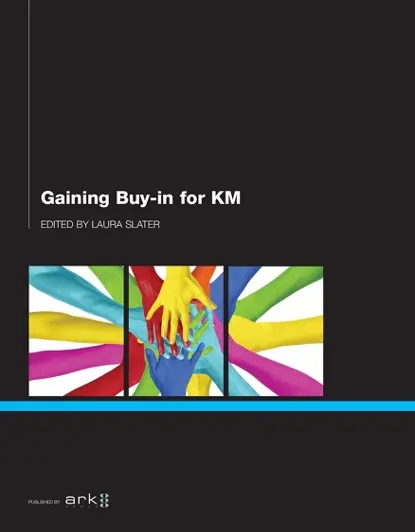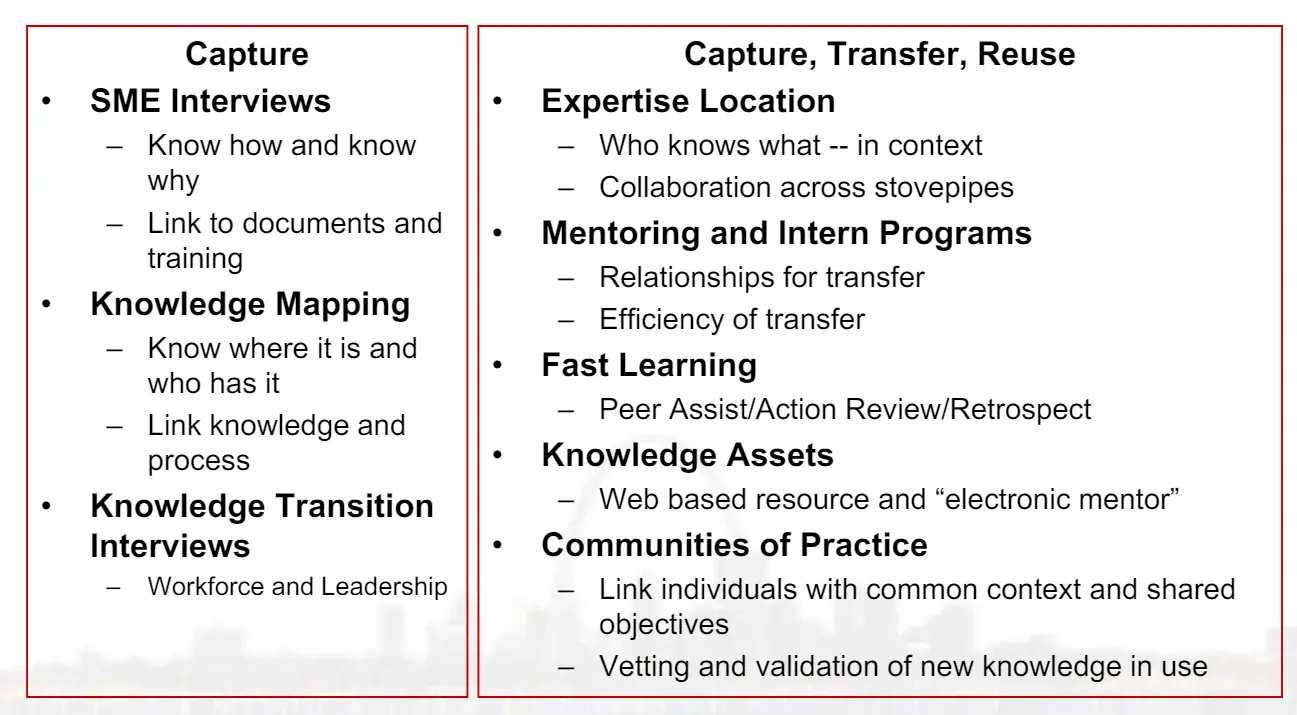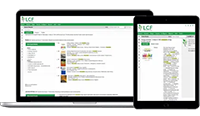Lucidea’s Lens: Knowledge Management Thought Leaders Part 87 – Bill Kaplan

Stan Garfield
 Bill Kaplan is the Founder of Working KnowledgeCSP, an independent knowledge management consulting company.
Bill Kaplan is the Founder of Working KnowledgeCSP, an independent knowledge management consulting company.
CSP stands for Concept | Strategy | Practice. After a 25-year USAF career, Bill served as the Chief Knowledge Officer and Knowledge Management Practice Manager at Acquisition Solutions, Inc. (ASI), a public sector focused consulting company. He is the former Deputy Global KM Practice Manager at SAIC.
Bill is an independent knowledge management practitioner, consultant, coach, advisor, trainer, author, and speaker. His approach to KM is business-focused, non-academic, and practice-based. He focuses on creating value from knowledge throughout the workplace as part of the way work happens. This includes dealing with knowledge capture, sharing, and retention challenges by mitigating and preventing knowledge loss due to workforce turnover.
Bill created the following content which I have curated to represent his contributions to the field.
Knowledge Management Books by Bill Kaplan
Losing Your Minds: Capturing, Retaining and Leveraging Organizational Knowledge

Gaining buy-in for KM edited by Laura Slater – Chapter 3: Knowledge accountability drives knowledge management success

KM Tools and Techniques for Knowledge Capture, Transfer, and Reuse
The following slide is featured in Bill’s presentation, “Managing the Risk of Knowledge Loss Due to Work Force Attrition“, for the National Association of State Procurement Officials’ 2008 Annual Conference.

Basics for Success: Capture, Adapt, Transfer, Reuse
Organizations that are successful in sustaining their investment in their ability to successfully capture, adapt, transfer, and reuse “what they know about what they do” understand the following six factors:
- There is long-term value in capturing and reusing knowledge and how and where it can be applied. It’s about continuously improving performance!
- It takes long-term commitment to build and sustain a knowledge enabled organization.
- Knowledge capture and reuse must be a routine part of the way work is accomplished.
- Start to socialize the value of effective knowledge capture and reuse practices where it will have a significant impact on performance that can be broadly seen, communicated, and transferred – pick a pilot project to demonstrate the value of this thinking and the supporting practices.
- Focus on the people and the processes necessary to move knowledge across your workforce – not the technology. It’s about changing behavior!
- Effective connecting and collaborating behavior generally aligns with the multi-generational nature of the workforce.
3 Assumptions That Might Be Sabotaging Your KM Efforts
- Assuming that your organization understands what you mean when you say “knowledge management.”
- Do you understand what the organization “sees” when they hear “knowledge management?” … technology, collaboration platform, search, information management…?
- Assuming you know how knowledge management should best be implemented because you have prior experience in implementing KM.
- Ensure you clearly understand both the business and operational environment and the KM environment in your current organization. Concepts and practices previously employed may be similar—but context is everything…as are timing and available resources.
- Assuming that your organization does not understand the value of knowledge management like you (think you) do because the organization is not jumping on the “obvious” value of KM.
- Part 1: Not everything you believe is valuable or important has the same sense of urgency you believe you see. Your view may be narrowly focused on a specific problem or challenge, but in fact, what you see as a problem or challenge may be part of a larger more complex challenge with other moving parts of which KM is one part.
- Part 2: Is there an evidence-based business case for KM with measurable outcomes to gauge success? Engage-engage-engage at all levels of your organization.

Stan Garfield
Never miss another post. Subscribe today!
Similar Posts
Lucidea’s Lens: Knowledge Management Thought Leaders Part 106 – Hubert Saint-Onge
As the creator of the Knowledge Assets Framework Hubert has shaped how businesses integrate strategy leadership and knowledge sharing to drive performance.
Lucidea’s Lens: Knowledge Management Thought Leaders
Part 105 – James Robertson
James Robertson is a pioneer in intranet strategy and digital workplace design helping organizations create seamless employee experiences. As the Founder of Step Two and a respected industry voice he has shaped best practices in content management portals and digital experience design.
Lucidea’s Lens: Knowledge Management Thought Leaders
Part 104 – Vincent Ribière
Vincent Ribière advances knowledge and innovation management through AI creativity and KM. Explore his work in academia research and industry leadership.
Lucidea’s Lens: Knowledge Management Thought Leaders Part 103 – Tony Rhem
In this edition of Lucidea’s Lens: Knowledge Management Thought Leaders we highlight Dr. Tony Rhem a leading expert in AI big data information architecture and innovation. As CEO of AJ Rhem & Associates Tony has shaped the fields of knowledge management governance and emerging technologies.






Leave a Comment
Comments are reviewed and must adhere to our comments policy.
0 Comments